How Can Layered Lighting Transform Your Space

How Can Layered Lighting Transform Your Space
Lighting designers usually typically use layered lighting to generate different light scenes which could bring out different effects in a single room.
“Lighting is the lifeblood of a design.” by Gregory Kay.
With different layers of lighting, there is more freedom for you to create a lighting design that you like to achieve. No matter if it is from contemporary to traditional style or from warm and cozy to cool and crisp atmosphere, it is possible to be done with layered lighting.
So, here is a guide for you to solve your confusion about layered lighting and how it can be done in space!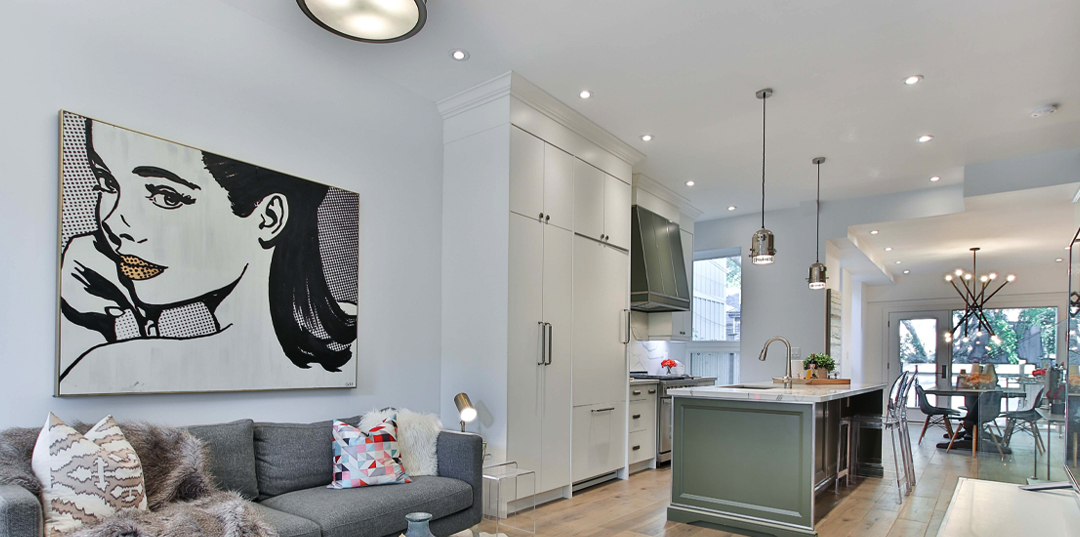
What is Layered Lighting?
Layered Lighting is a method where it uses many light sources in a space that serve their own purposes.
There are three main types of lighting that you need to know about layered lighting which are ambient lighting, task lighting, and accent lighting.
Using ambient lighting as the primary source of illumination to light up the whole room. Ambient Lighting allows people to see to walk safely through a space by reducing sharp contrasts between light sources.
The second layer is task lighting which is to help improve one’s productivity and motivation. Since it focuses light onto the area where people would carry out their daily activities like reading or cooking.
Last but not least, the final layer would be accent lighting. It can be said as the decorative part of the space as it focuses light directly on objects like artwork or sculptures to emphasize them for a prettier presentation.
Why should we do Layered Lighting?
People often neglect the need of doing layered lighting in their home because they do not know what benefits they would get. So, we are here to share with you the top 5 benefits of layered lighting at home so that you will understand the importance of it.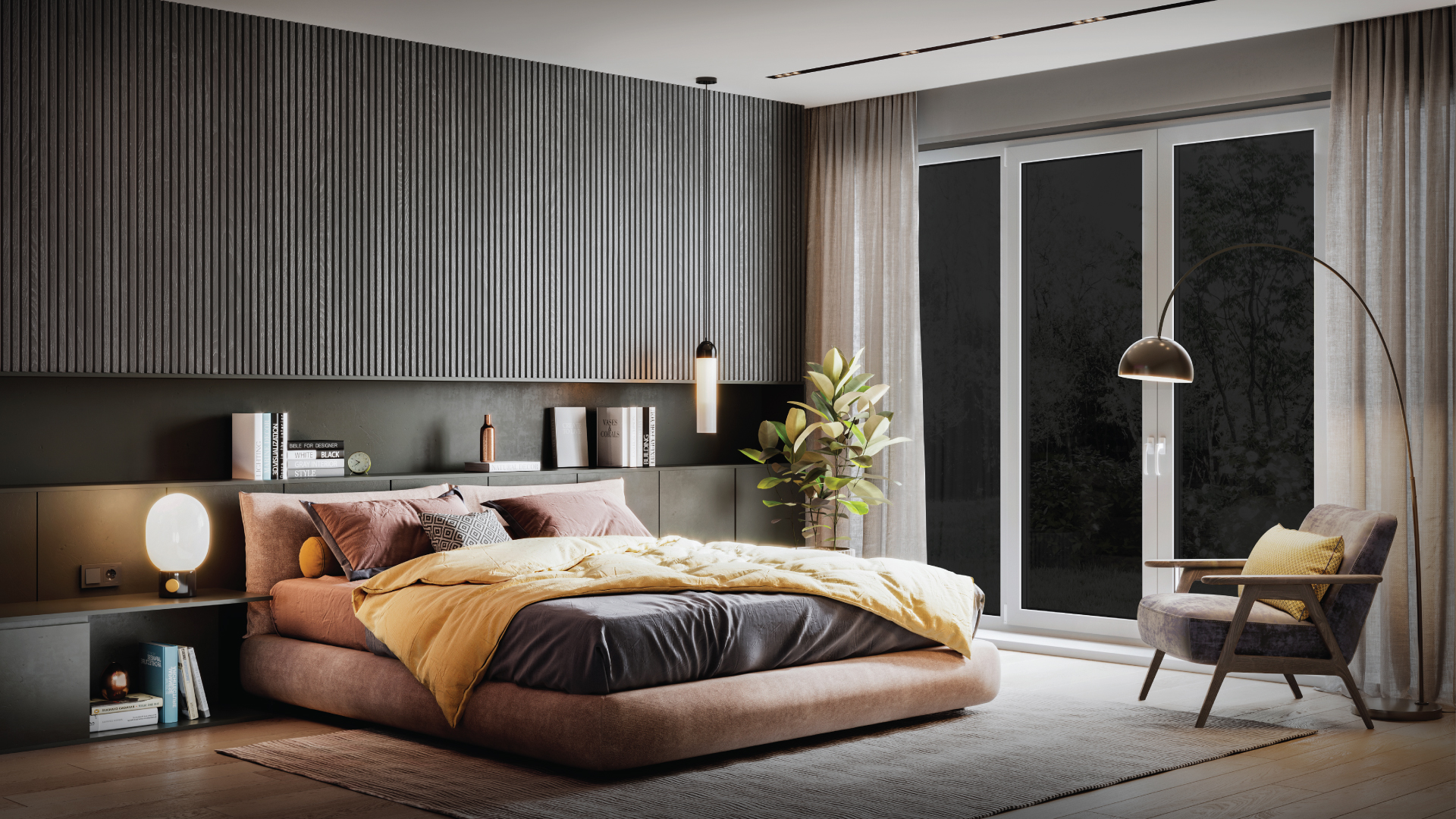
Firstly, it is to Enhance the Function and Beauty of Room
Of course, ambient lighting is crucial to light up the whole space for people to navigate safely and avoid hitting into furniture. In short, it is just a layer of lighting where it provides a balanced and uniformed illumination to the whole space.
So, the room may be a little bland as no lights is focused on any particular task or feature.
This way, you can layer task lighting to add more details to the space. Then, everyone would know where is the place that they specifically do the activities.
For example, you can place a table lamp or floor lamp right beside your couch in the living room to give extra light for some reading or knitting time.
Furthermore, accent lighting is another method that would provide eye-catching lighting design to the space. It usually is to outline the objects, set the mood, and highlight certain objects to make them stand out more.
For example, LED strip lights can be placed around a picture frame in the living room to create a backlighting effect. When the rest of the room is not illuminated, it will be effectively draw more attention to the picture and make the picture stand out more.
In short, all types of lighting “working together” can enhance the function and beauty in the space.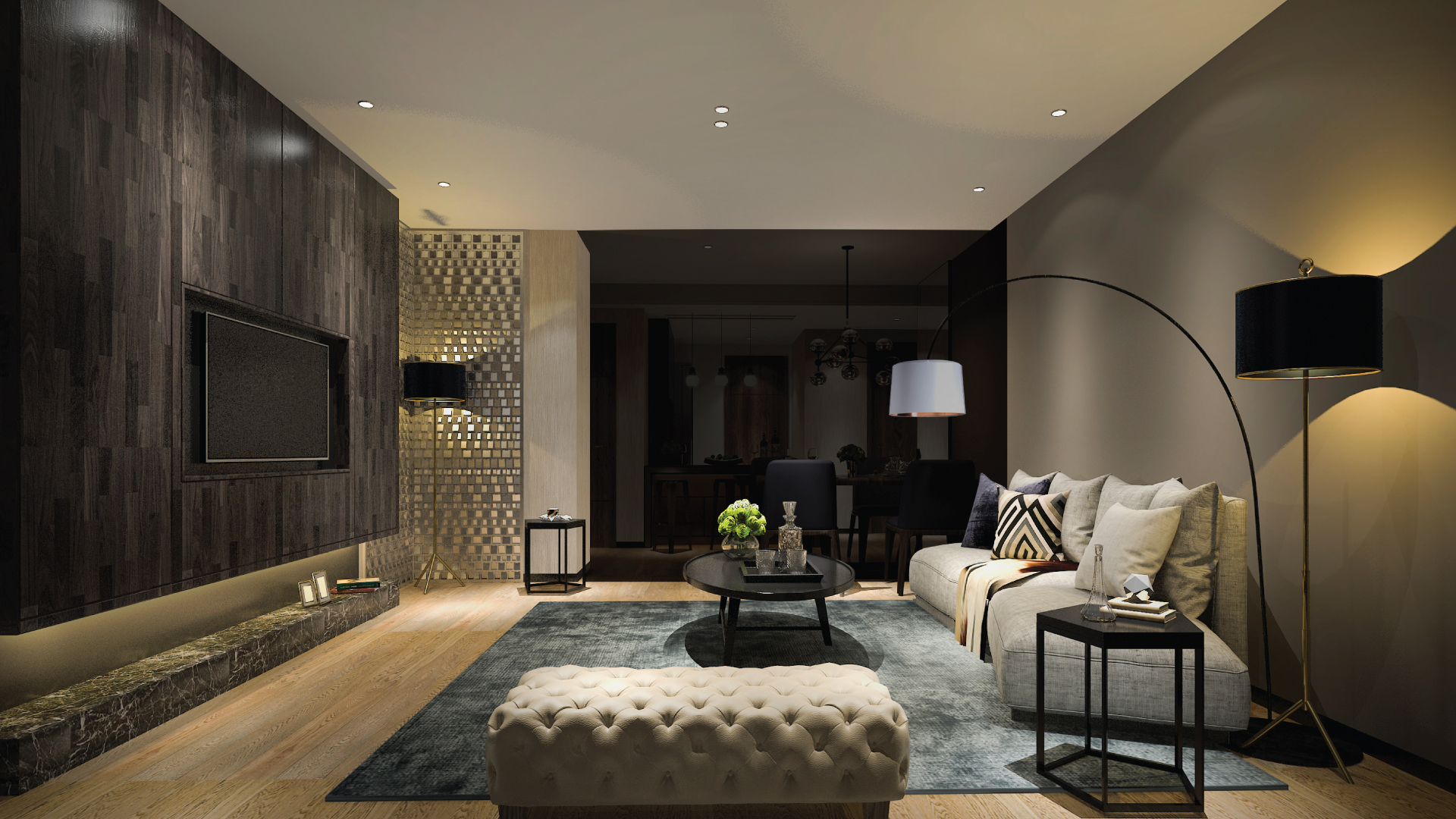
Create and Achieve the Desired Atmosphere Effect
Different types of lighting sources can create different kinds of light intensity. Since every light source can be adjusted.
For example, living rooms and study areas can be brighter to give an impression of a lighter atmosphere. That could actually help in increasing one’s productivity when it is not night time.
Chandelier light with yellow lights can be used as an overhead lighting in area like dining table and bedroom to create a warm and intimate atmosphere for romantic evenings.
Meanwhile, the warm yellow accent lighting of arts or sculptures can be used as night lights when the other lights are switched off. This creates a warmer and cozier atmosphere for relaxation.
You can also install lighting control system like dimmer and light switch to further improve the flexibility in controlling the lights.
It is especially useful in living rooms. When you want to have movie nights, you can use dimmers to lower down the brightness to create the effect of you being inside a cinema.
From this, you can create different atmospheres by adjusting and using layered lighting.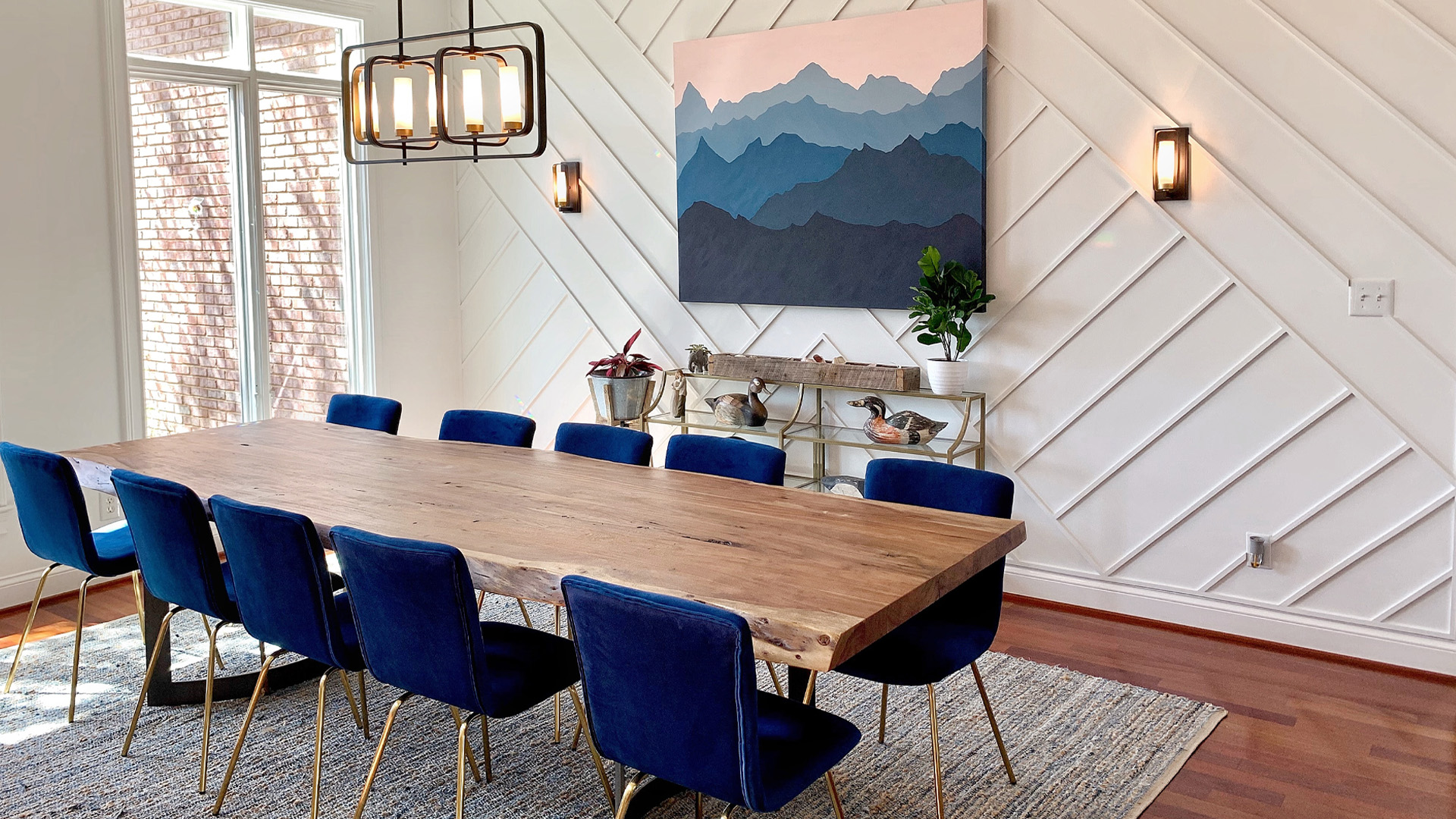
Showing Different Characters and Personalities
You can also use layered lighting to make the room more visually pleasing and inviting to be in.
The room would feel flat and lifeless if it only consists of general lighting.
But, adding task lighting and accent lighting as layers would bring the space alive. Giving it more depth and having its own character.
For example, white lights give a bright atmosphere hence a brighter personality. While yellow light sources create a warmer and cozier atmosphere that brings out a relaxed and lazy personality.
Not only that, different combination of lighting fixtures could also change the characters and personalities of a space.
For example, shiny clear glasses chandelier light could indicate that person may like shimmery and shiny objects. Meanwhile, lamps with flat drum shades and solid color tones could give a modern contemporary vibe to the space.
In short, different people have different preferences. There is no specific way in doing layered lighting especially in your space that can bring out your personality and character.
So, you can layer the lighting however you like to your hearts content!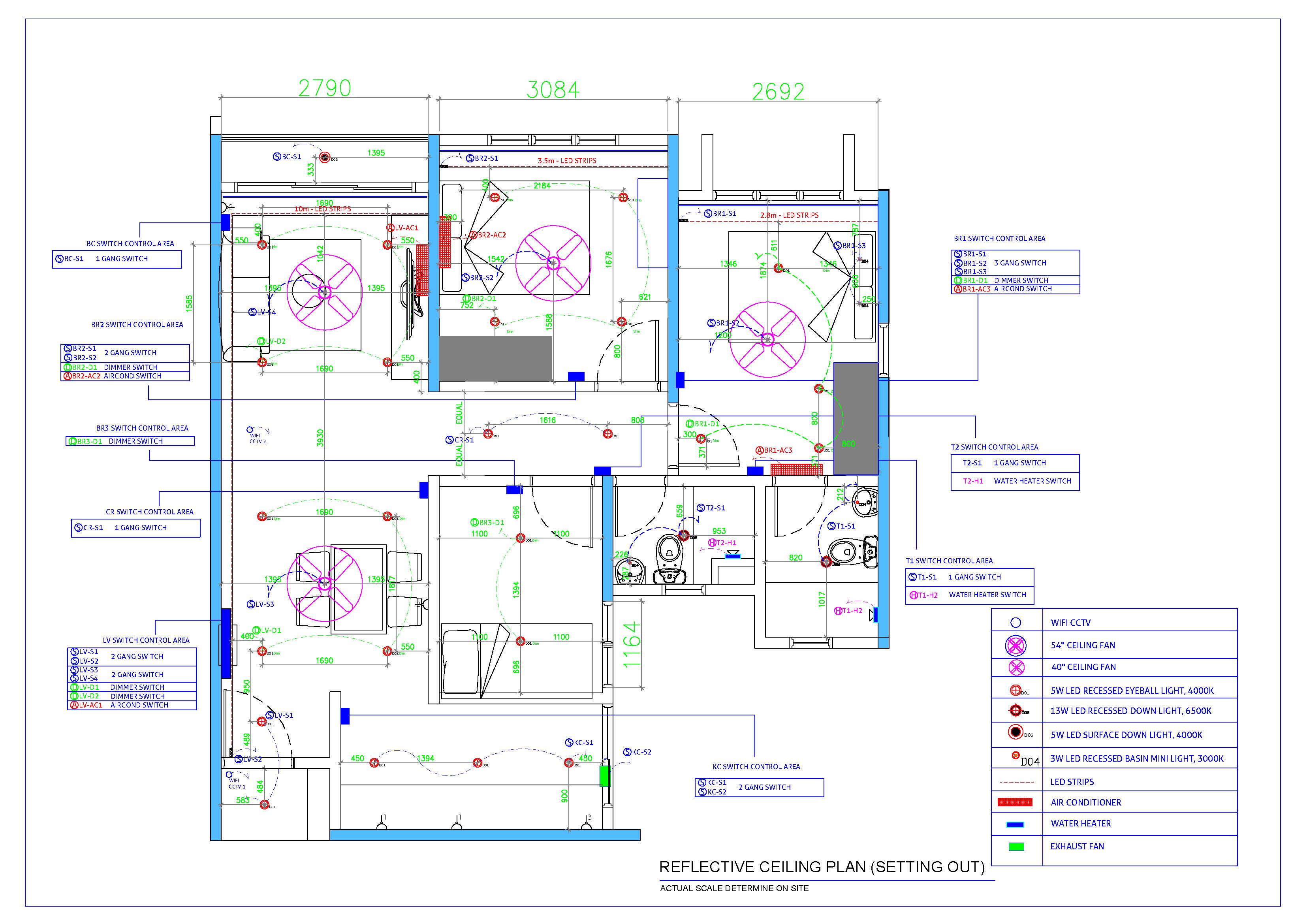
The Key to Great Lighting Plan
Light layering is created using multiple different light sources. It improves the look of the house as each and every different light source emphasize different aspects and purposes in the space.
This way, more attention would be drawn to the people’s eye to the focal points through different layers of lighting.
For example, task lighting for kitchen uses pendant lights to shine on the cutting area and cooking area for a clearer view. This is to avoid getting injured when cooking or cutting.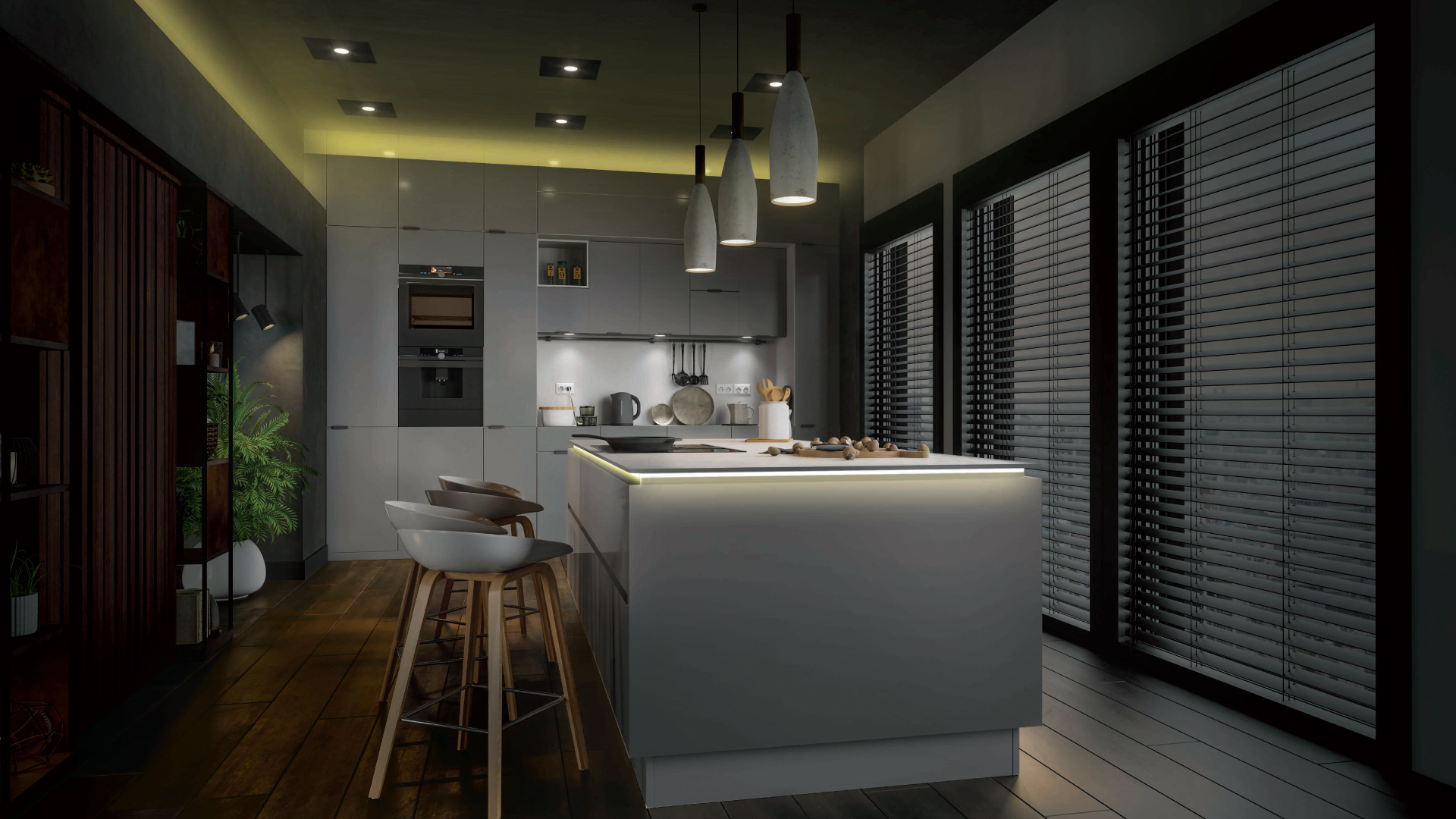
Pendant lights also come with various styles and designs. This way they could help add a little décor and spice up the kitchen area in the meantime.
Then, wall lights could be used to light up the stairway. Since it does not only light up the way, it also serves as a décor. Making the stairway lively and colourful.
You can also create more dimensions by using shadows effectively.
It can be done by adjusting the position of different light sources for each layer of lighting. This way it could prevent unflattering of shadows instead of just even washes of lights.
So, layered lighting holds major importance in designing the lighting plan of a house to make your home more comfortable and aesthetically pleasing for you to stay in.
Apply Layered Lighting to Break Up Large Room
Struggling to separate a large empty room?
Worry no more as layered lighting could do the job without making the space feel plain and empty.
For example, a large living room can be divided into a lounging area, a reading area, and an entertainment area. By placing different light sources at several locations to effectively light up every area and separate them into sections.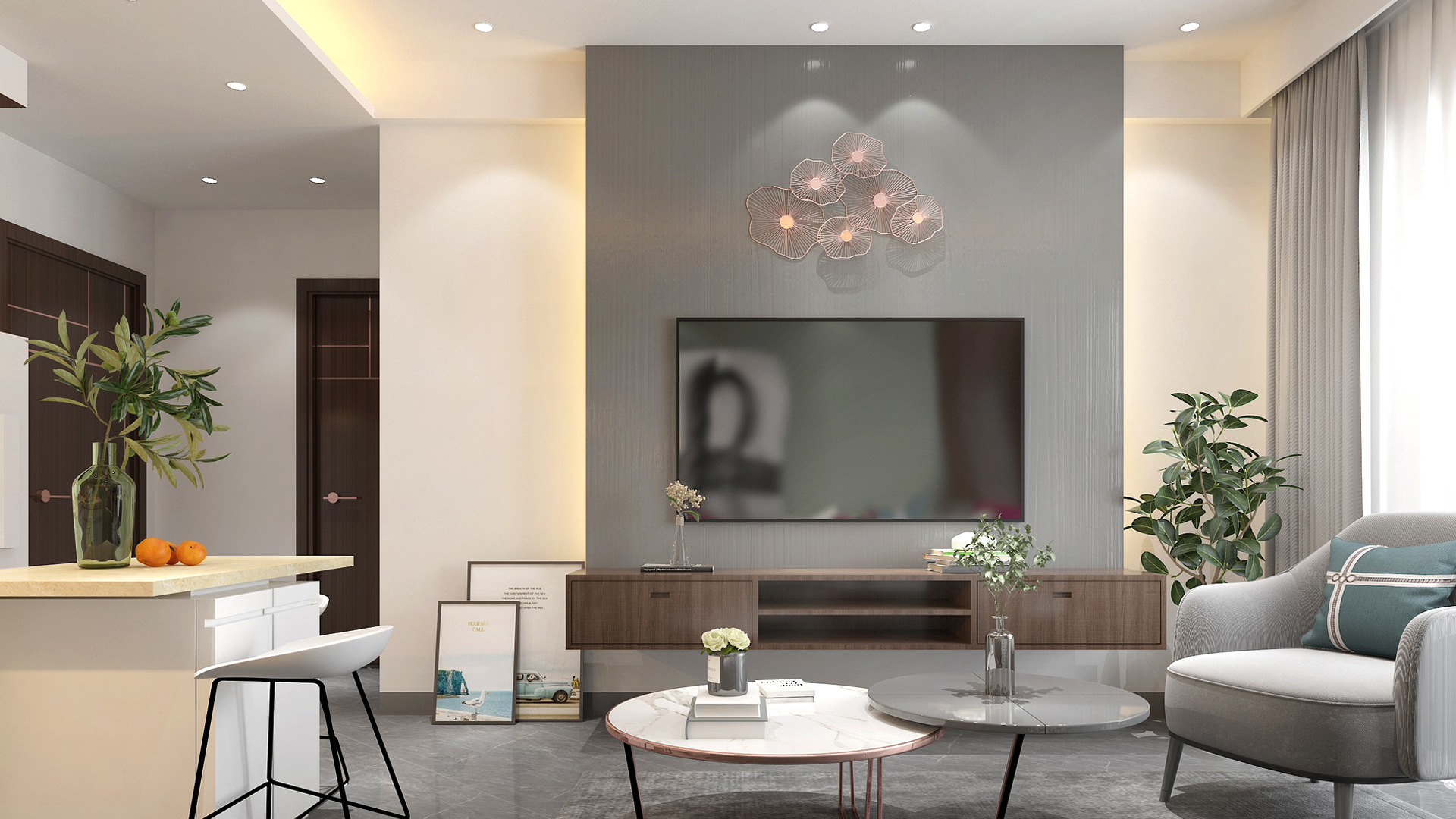
This way, it creates composition and aesthetics in the space so that it would not be too boring.
Not only that, various types of light fixtures could also accommodate the extra space in the room.
This way you would not need to buy extra furniture to fill up the extra space. You can effectively use the layered lighting system to enhance the lighting and space designing of the space.
